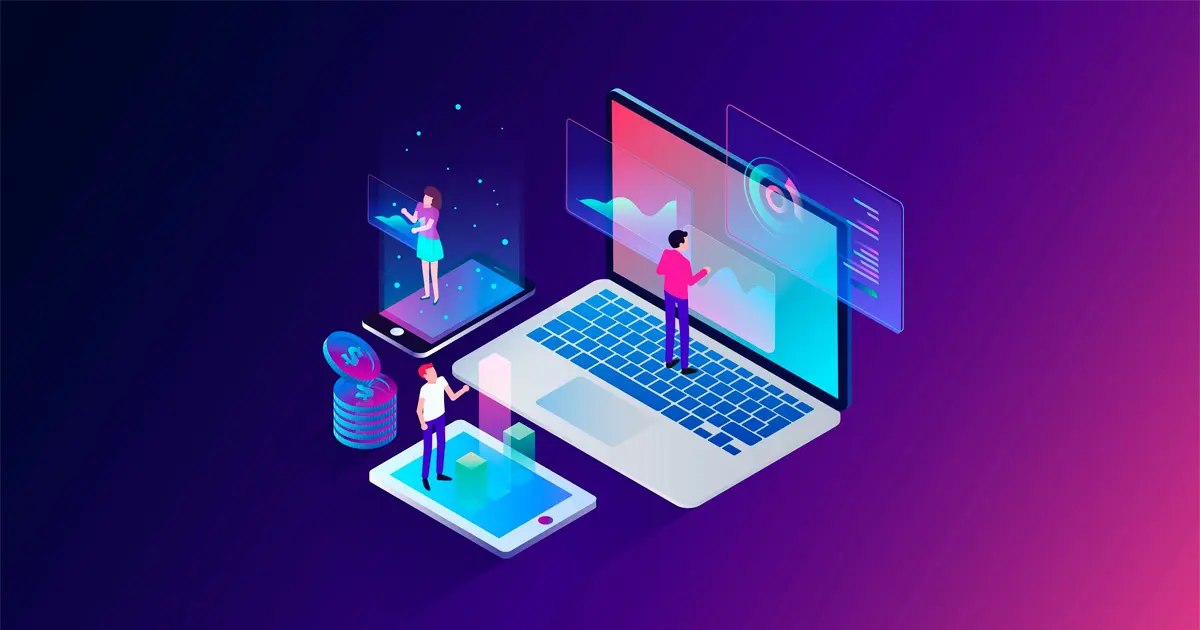Over the weekend I spent some time studying basic natural ecosystem traits and habits, and bumped into some very interesting natural phenomena, which can provide key ecosystem lessons for us in the virtual or digital partner ecosystem space.
According to Richard Liebert, formerly at UC Davis, “An ecosystem is a pattern of interaction among organisms and their environment in a particular area. An ecosystem may be large or small, complex or simple, composed of many plants and animals or few … Organisms require a continual input of energy to maintain organization and to power day-to-day activities. The flow of energy from one organism to another is of central importance in determining the structure of an ecosystem … Energy enters the ecosystem in the form of solar radiation … [and eventually dissipates or] leaves the system in the form of heat.”
Ecosystem lessons emerge from the above description:
- An ecosystem must be fed energy in different forms (Plants need light and water).
- An ecosystem needs to allow the transfer of energy seamlessly between one level and another (in nature, they are called trophic levels, for example light helps plants grow, which feeds herbivores, and in turn they feed carnivores who eventually die and turn to carbon restarting the cycle of life).
- The efficiency of energy transfer is what leads to success or failure of an ecosystem. Plants or beings that consume little and pass on a lot of their energy will tend to have vibrant ecosystems around them. Those that consume or waste all the energy and transfer very little meaningful energy will yield much weaker downstream ecosystem effectiveness.
If you are interested in other ecosystem lessons, read our blog:
5 KEYS TO UNLOCKING THE VALUE OF YOUR VIRTUAL ECOSYSTEM
Why does all of this apply to digital or virtual ecosystems? Without a full realization of how ecosystems work, an ecosystem leader may not be equipped with the full knowledge to allocate the proper resources or prioritize initiatives for a holistic solution to their ecosystem dilemma. As one example, if the only thing that an ecosystem leader is interested in is generating leads, and therefore invests heavily in technologies that focus on lead generation, forgetting what comes first, which is proper enablement, not much may come from the lead management tools, no matter how “ecosystemized” they may be. A sale being led by uniformed partners may not result, and if it does, may come back and bite. Similarly, MDF (Marketing Development Funds) is usually considered a measure of how successful a partnership is. But MDF is usually an indicator of past performance not future performance, as it is usually based on a previous period’s sales. This anomaly typically causes a misalignment between MDF and commercial goals. Wouldn’t a better leading indicator for potential sales deserving MDF be the energy consumed in readiness to sell next year?
It is here that nature’s lessons may be most relevant. For starters, when launching an ecosystem, we must first be asking what energy forms will be used to feed the ecosystem. Will it be learning, marketing, MDF, lead sharing, technical support, part or all of the above? The next question is how are we going to transfer our energy within the ecosystem? Will it via traditional partner portals (this has proven to be too restricting), via e-mail and spreadsheets (too manual), via phone calls (unscalable), or via more modern ecosystem platforms? And finally, how could we make the process of energy transfer the most efficient and enduring so that it reaches the edge of our ecosystem as energized as possible, albeit permitting for some loss (typically referred to as ecosystem entropy).
Here the issue of measuring downstream ecosystem effects becomes key. What is most key though is not to limit it to a single tier, but rather to try deploy ecosystem platforms that have multi-tier effectiveness measuring efficiency several tiers removed.
At TIDWIT, we are using this natural ecosystem framework to help our customers deploy holistic ecosystem solutions that help them energize their ecosystems in ways they may not have considered or did not think possible. The results have been nothing short of outstanding.
Enablement campaign buildout time has been reduced to hours, when it used to take weeks. Due to automation, partners per enablement support staff count required has decreased by a factor of at least 5X, and in some cases completely automated. The amount of content and knowledge pushed through the ecosystem has increased in some cases by a stunning factor of more than 500X, due to all the artificial intelligence and rules engines for transferring knowledge dynamically within the ecosystem. And the net results we have seen include ecosystem footprint increase by more than 15X, a notable increase in ecosystem engagement, in some cases reaching hundreds of thousands of hours, the collection of millions of data points for better MDF allocations, the saving of up to 4 hours per ecosystem participant in the searching and finding of necessary material, and an overall ROE (Return on Ecosystem) of at least 15X.
In conclusion, as more and more ecosystem solutions emerge, it will be necessary for ecosystem leaders to borrow from nature some important lessons and to apply them using a holistic and coherent framework. I suggest they consider three key elements when choosing the proper solutions:
- How and what type of energy will be fed to nurture their ecosystem
- How will this energy be transferred between participants and tiers
- How to optimize and measure for any efficiencies (or lack thereof).
With this framework in mind, ecosystem point solutions that meet a single ecosystem pain point may quickly hit their utility ceiling. However, ecosystem solutions that are bundled or that are capable of integrating with ecosystem stacks might provide a holistic way to energize ecosystems and therefore have more staying power.






